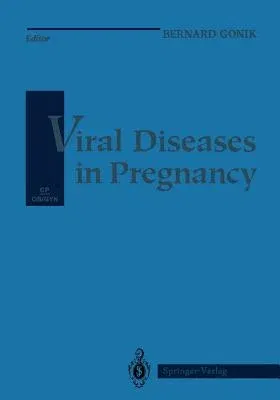Viral Diseases in Pregnancy (Softcover Reprint of the Original 1st 1994)Paperback - Softcover Reprint of the Original 1st 1994, 23 July 2012

Qty
1
Turbo
Ships in 2 - 3 days
In Stock
Free Delivery
Cash on Delivery
15 Days
Free Returns
Secure Checkout

Part of Series
Clinical Perspectives in Obstetrics and Gynecology
Print Length
267 pages
Language
English
Publisher
Springer
Date Published
23 Jul 2012
ISBN-10
1461276209
ISBN-13
9781461276203
Description
Product Details
Book Edition:
Softcover Reprint of the Original 1st 1994
Book Format:
Paperback
Country of Origin:
NL
Date Published:
23 July 2012
Dimensions:
25.15 x
17.78 x
1.78 cm
Genre:
Ecology
ISBN-10:
1461276209
ISBN-13:
9781461276203
Language:
English
Location:
New York, NY
Pages:
267
Publisher:
Weight:
521.63 gm